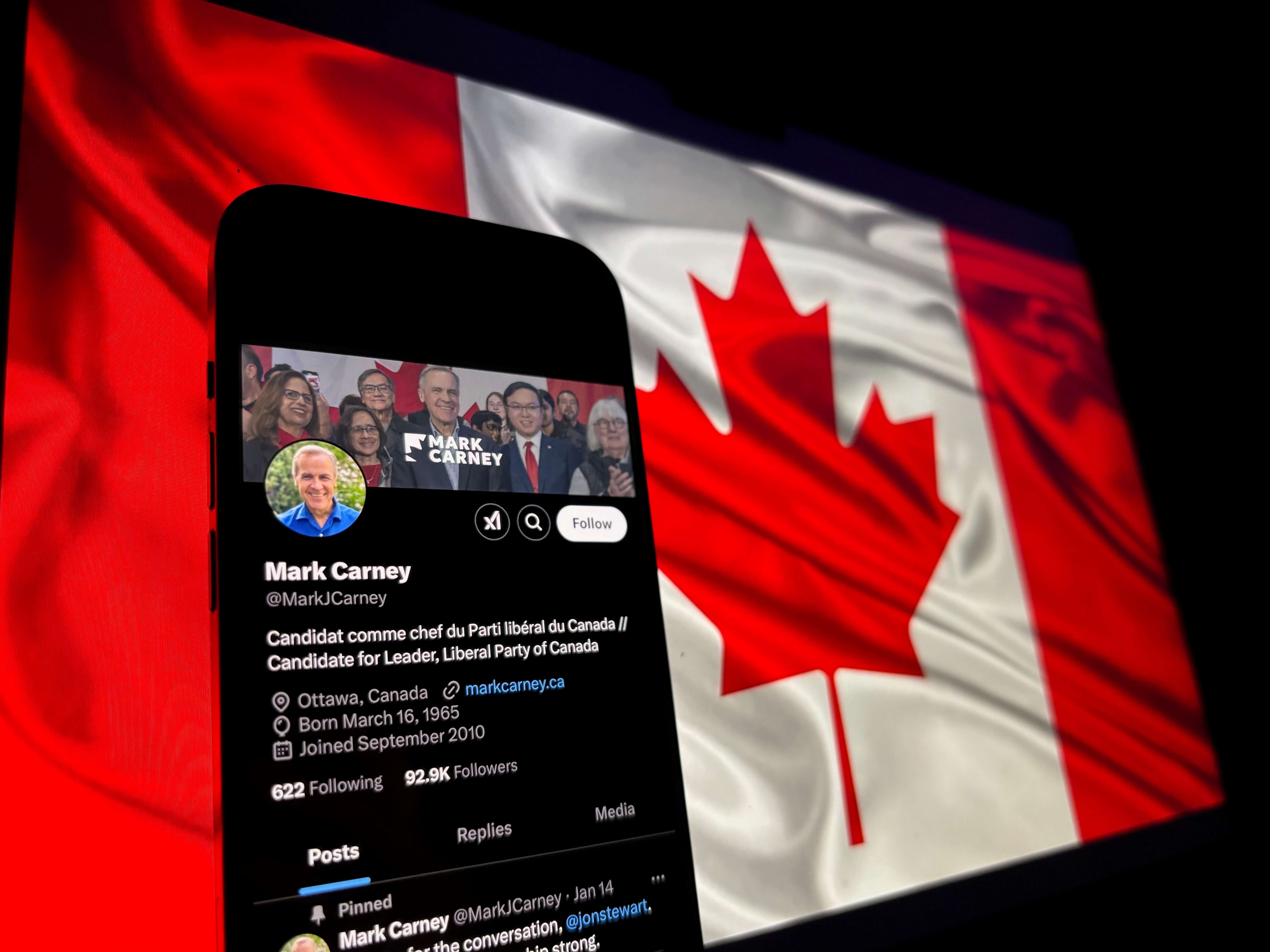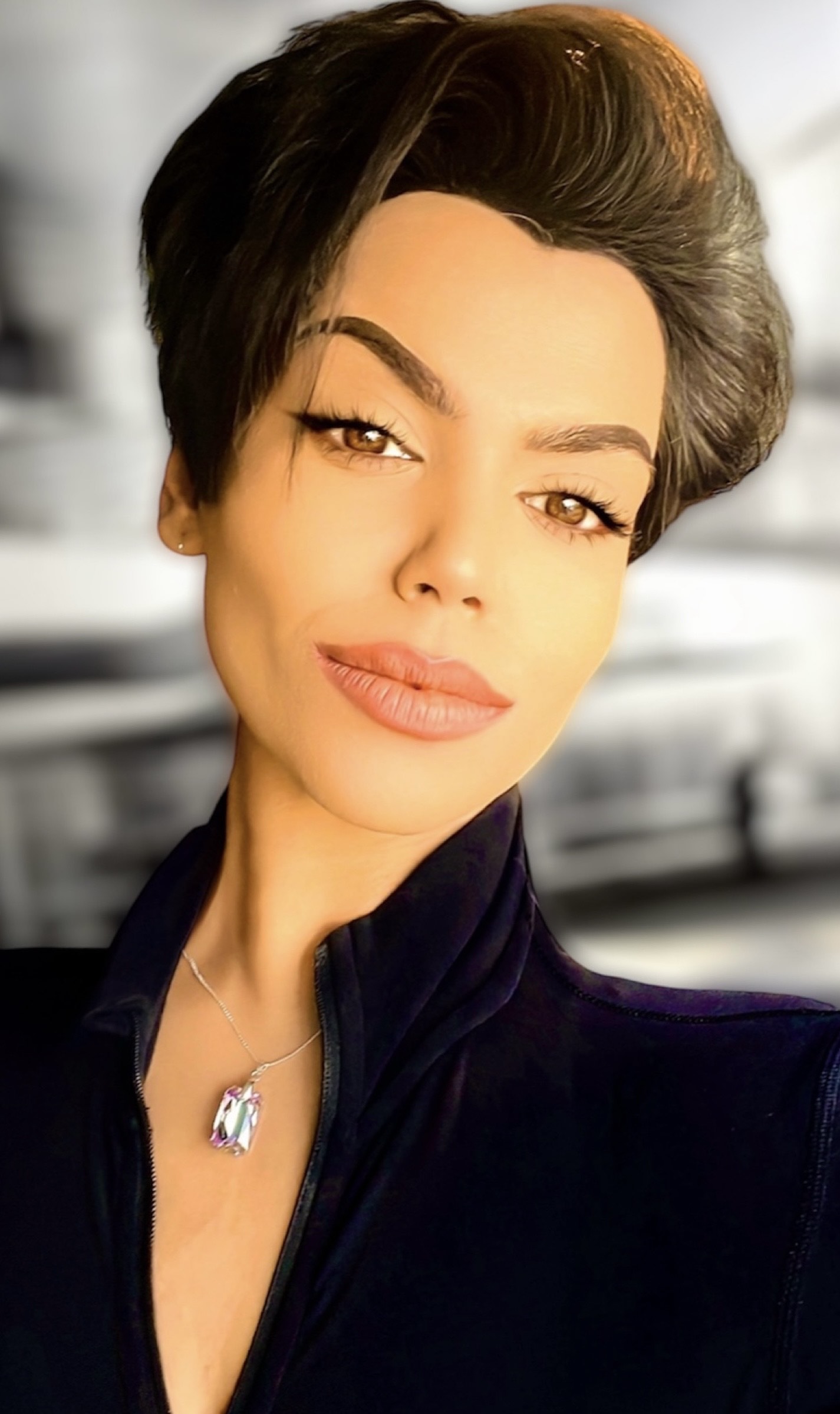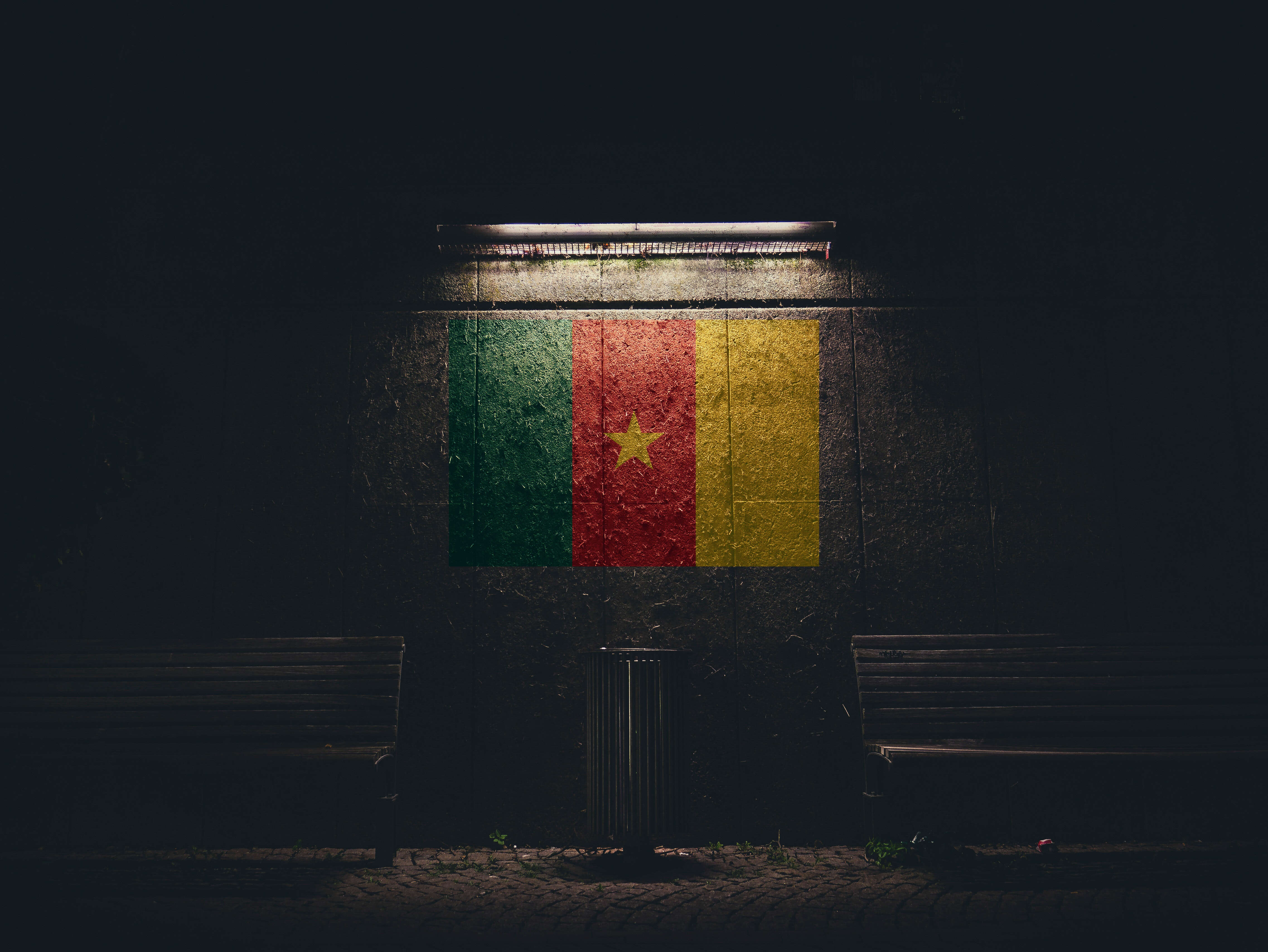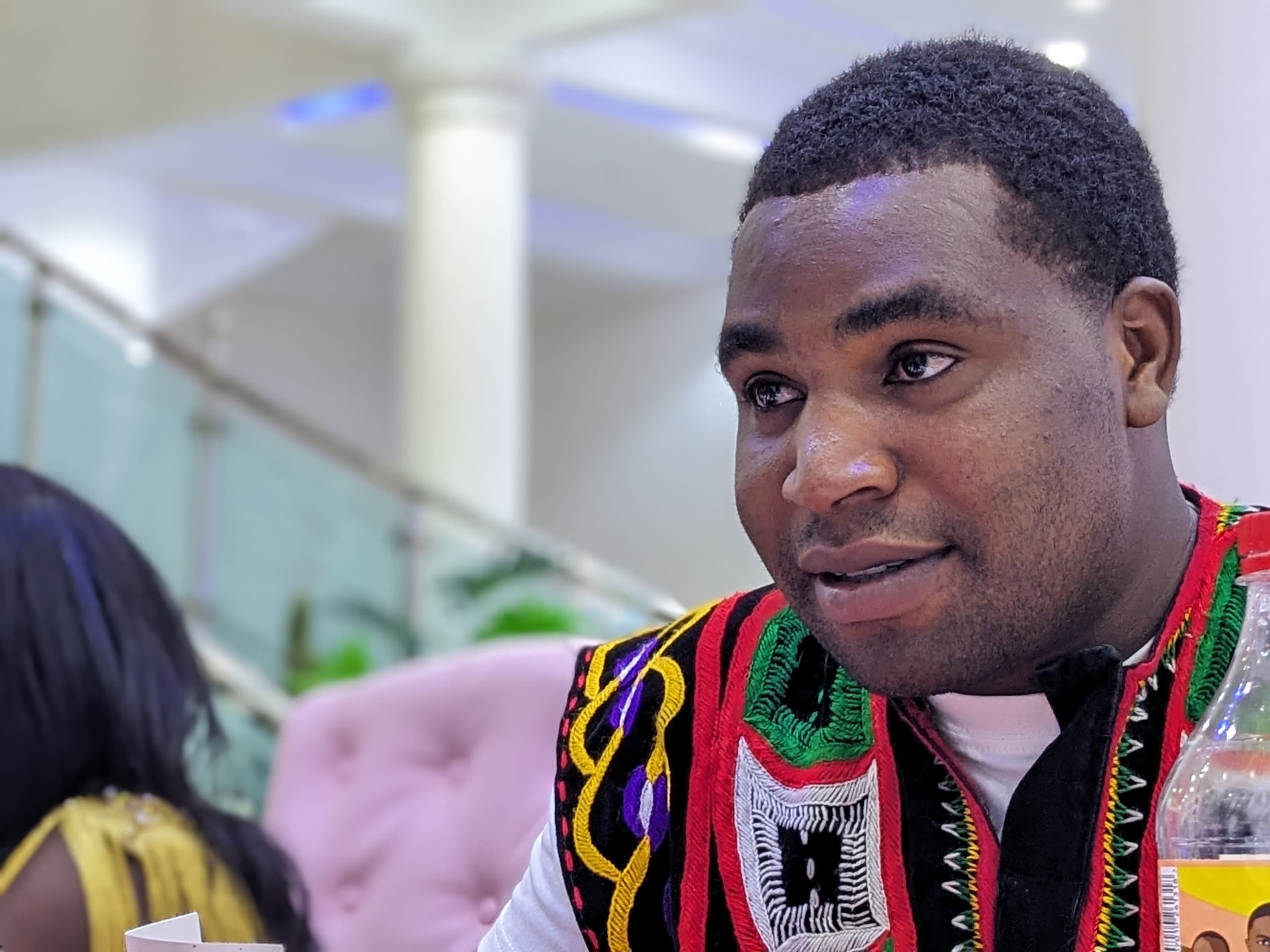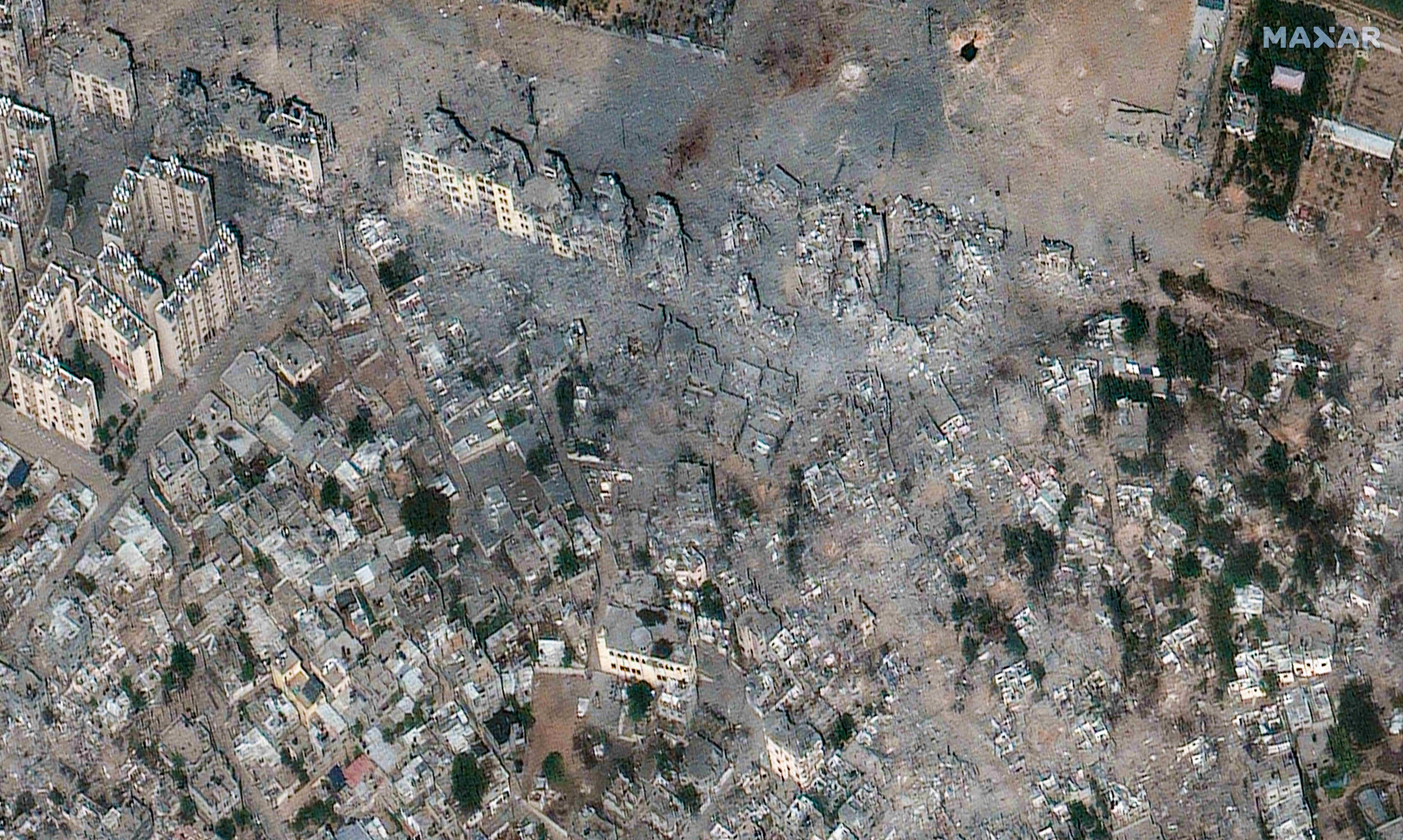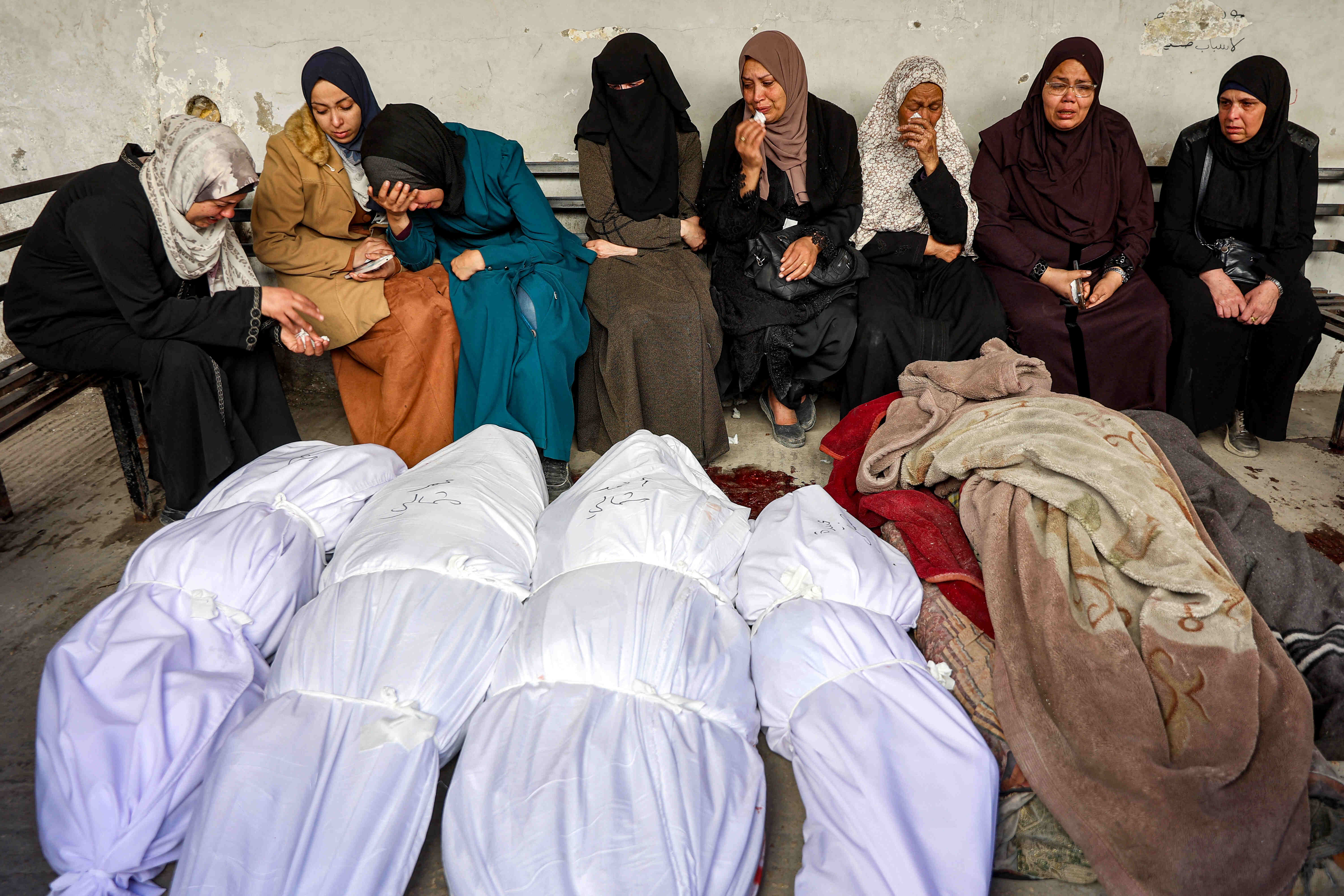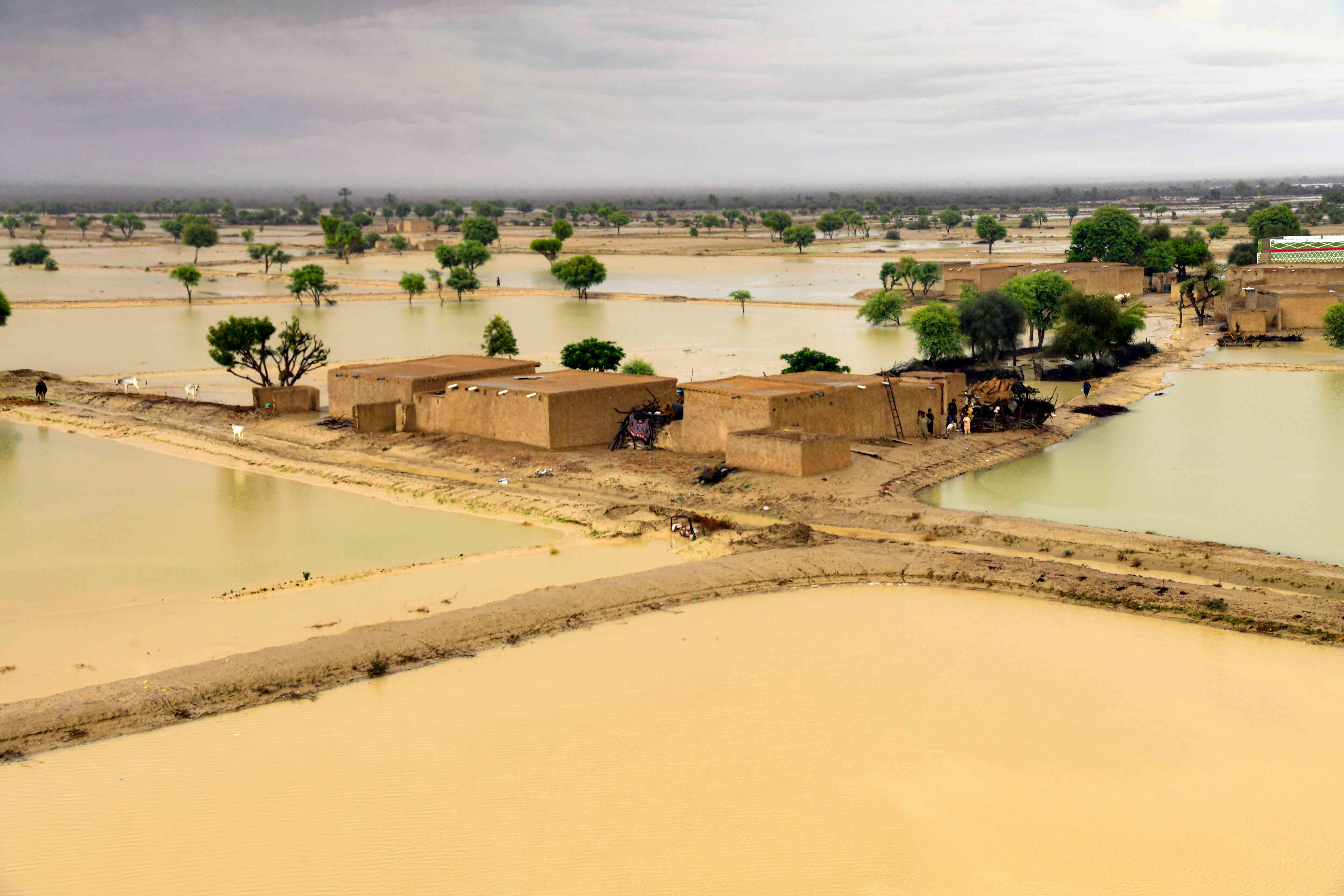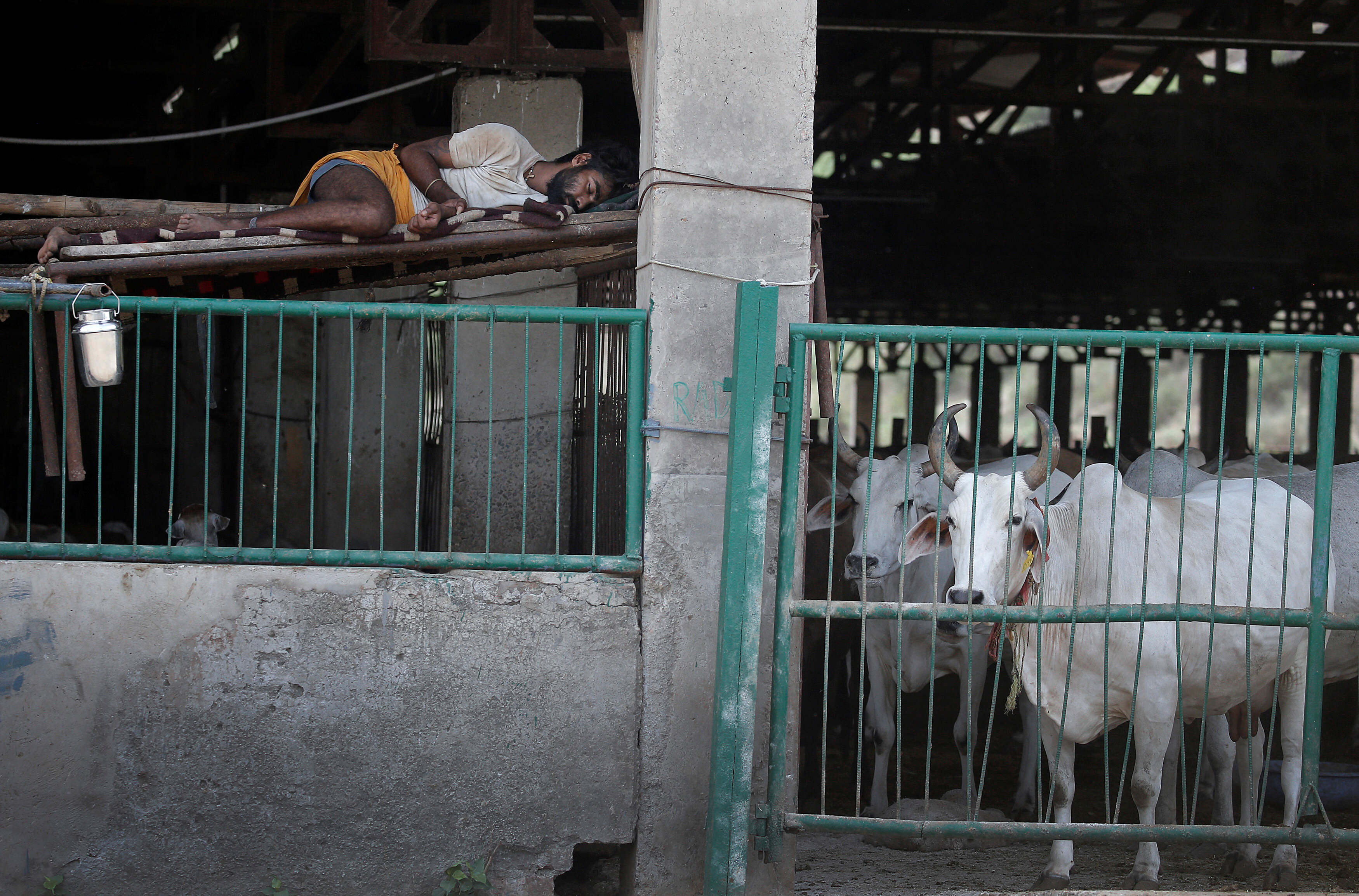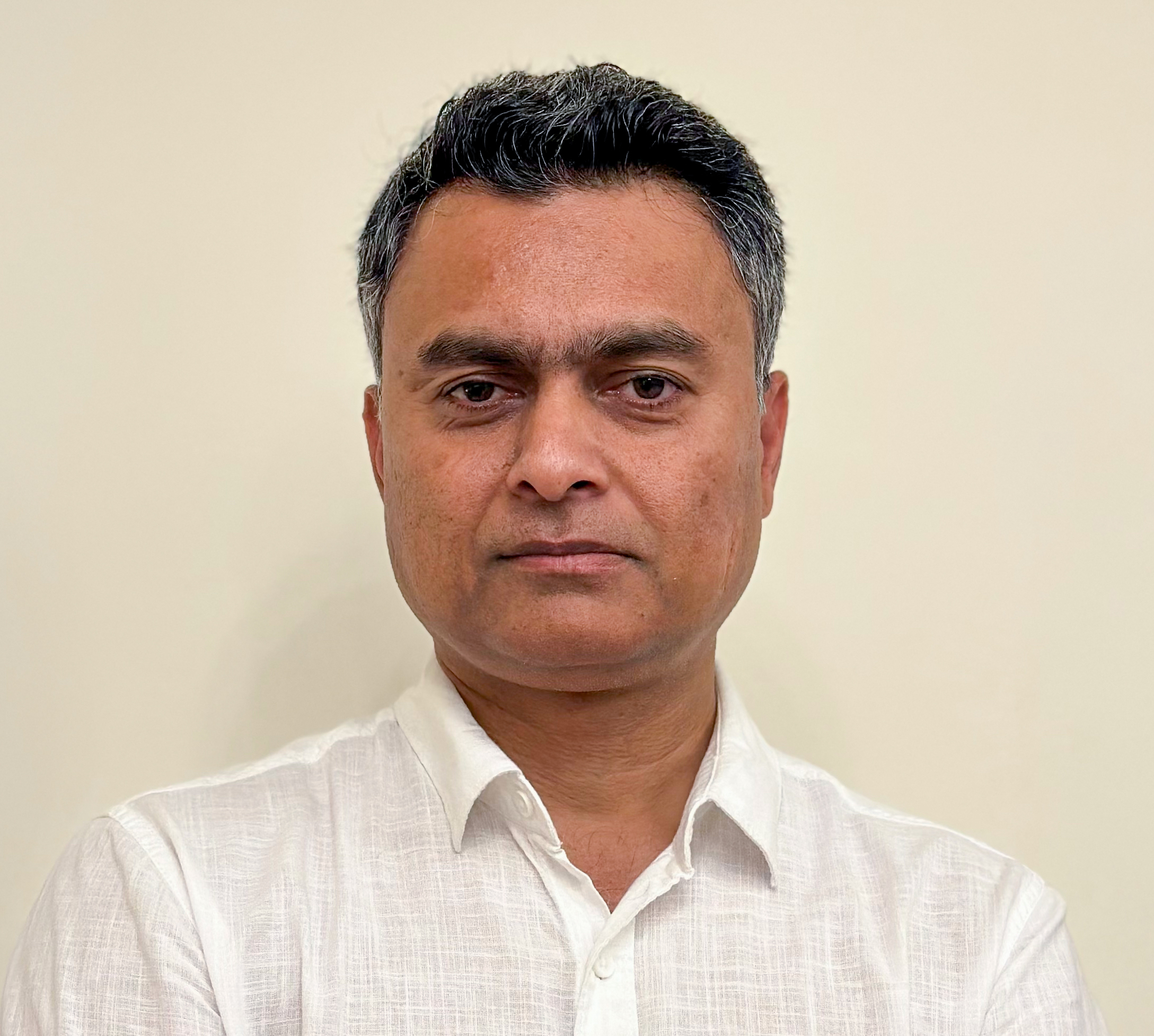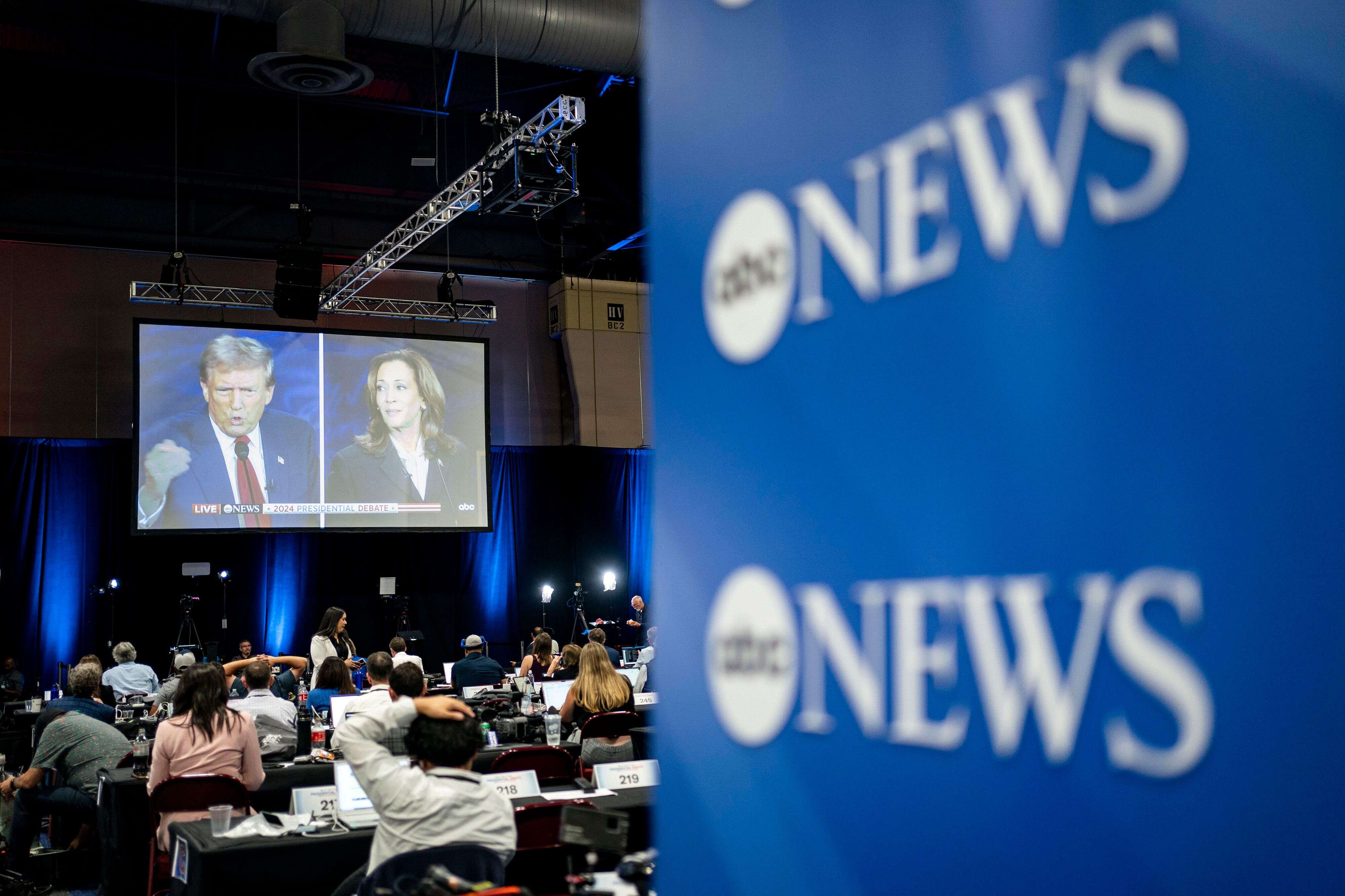لم يبدأ التعليم الإلكتروني فجأة على الإنترنت، إنما كان له خطوات شقَّ بها أصحابها طريقا مختلفا لنشر المعرفة أولا وصقل المهارة ثانيا.
لقد تعامل جميعُنا تقريبا مع ما يسمى بالتعليم الإلكتروني، فهذا المصطلح يطلق على كل الأدوات التي يمكن استخدامها لتطوير وتحسين عملية التعلُّم بشرط أن تكون هذه الأداة إلكترونية، وبناء عليه فإن كل الأجهزة التي تعاملنا معها مثل الداتا شو والأقراص المدمجة (CD) وأجهزة الكمبيوتر، هي أدوات إلكترونية واستخدامها في عملية التعلم يجعل منها جزءا من التعليم الإلكتروني. إذن فالتعليم الإلكتروني ليس مرتبطا بظهور الإنترنت بل ارتباطه قائم بالفعل مع كل ما هو إلكتروني.
هناك فرق بين مصطلحي التعليم الإلكتروني والتعليم عن بعد. فالأول قد تستخدمه الجامعات حتى مع التدريس الحضوري لكن المصطلح الثاني مرتبط بالدراسة بعيدا عن مصدر التعلم، والذي بطبيعة الحال قد يستخدم وسائل إلكترونية عديدة.
بعيدا عن هذين المصطلحين -وإن كان لابد من تقديم عنهما- إلا أن أكثر ما يهمنا في هذا السياق هو ما ظهر في العقد الأول من القرن الواحد والعشرين وهو ما يعرف بمبدأ "MOOC" اختصارا لـ "Massive Open Online Courses".
ويمكن تفسيرها بالتالي:
"Massive": تعبر عن الضخامة المفترضة من خلال عدد الدورات الهائل وكذلك عدد المشاركين في هذه الدورات.
"Open": تعبر عن المرونة المتعلقة بهذا النوع من الدورات، إذ ليس لها شروط التحاق ويمكن لأي كان أن يشترك بها. كما تعبر عن مجانيتها، وأحيانا تُضاف أسعار محدودة لبعض الدورات إن رافقها شهادات معتمدة من المؤسسة التي تقدم الخدمة التعليمية.
"Online": تعبر عن سهولة الوصول لها عبر الإنترنت.
"Courses": وهي شبيهة بالمواد الخاصة بالجامعة، إلا أنها لا تعتمد نظام الوحدات المعمول به في الجامعات، وغالبا ما يتم دراسة كلِّ مادة بشكل منفصل دون متطلبات سابقة.
يُقدَّم هذا المحتوى الضخم من الدورات التدريبية عن طريق منصات إلكترونية تختلف باختلاف المجالات والتخصصات التي تغطيها. ويلاحِظ المتتبع للخط الزمني لتطور التعليم الإلكتروني أن البدايات كانت مع التخصصات النظرية والجوانب الأكاديمية، وذلك بسبب محدودية الأدوات في ذلك الوقت. لكن خلال السنوات الأخيرة ومع وجود الكثير من الأدوات التفاعلية والمحاكية للواقع أصبح تقديم دورات عملية متخصصة أمرا أكثر سهولة، وهو ما جعل كثيرا من رواد الصحافة والإعلام في العالم يتساءلون عن إمكانية الاستفادة من هذه الوسائل والأدوات في التدريب والتعليم الصحفي الذي أثمر العديد من المنصات التعليمية التي تُعنى بالصحافة.
جدير بالذكر أن التعليم الإلكتروني قد قدم خدمة عظيمة لنا كصحفيين في كل مكان في العالم حينما مَنحنا القدرة على تنمية مهاراتنا الصحفية، خصوصا لدى المراسلين الصحفيين في مناطق التوتر والذين تصعب أحيانا عملية نقلهم لغرض التدريب، كذلك أعطانا القدرة على تنمية مهارات مصادرنا في كل مكان وفي أي وقت.
يعطي "MOOC"الفرصة لكل من لديه علم بالصحافة، فما يتعلمه الصحفي من ممارسته اليومية يمكن أن يقدمه لغيره من الصحفيين عبر منصات التعليم الإلكتروني المفتوحة.
حينما تبدأ تجربة تَعلُم مهارة صحفية جديدة عن طريق التعليم الإلكتروني، ستكتشف أن كل صحفي سيتعامل مع الأمر بشكل مختلف وبأسلوب مغاير، لكن دعني أفاجئك لأنك ستجد التعليم الإلكتروني يتسع لأساليب تعليمهم المختلفة. ابحث أيضا عن التفاعل وهو أحد أهم المميزات التي أصبحت جزءا من فكرة التعليم الإلكتروني، فوجود بيئة اجتماعية للنقاش والتفاعل هو أمر هام حتى وإن كانت افتراضية عبر الإنترنت.
ولأن بيئة التعلم هذه غاية في الأهمية لذا عليك دوما استثمارها والتساؤل عن كل ما لا تعرفه سواء في مجال دراستك أو حتى عن طريقة تعاملك مع المنصة، فالسؤال بالتأكيد ليس عيبا.
لكن رغم كل ذلك –وكصحفي- فإنك تعلم أن القصة المنقوصة هي قصة غير واضحة وبالتأكيد هي قصة مزعجة للجمهور، كذلك إن لم يكن التعليم الإلكتروني واضح الأهداف، فسيكون كارثة تعليمية. لذا احرص على البحث عن المنصات التي تقدم مهارات محددة والتي لا تعدك بتعلم كل شيء.
تذكَّر أن التعليم الإلكتروني هو عملية ذاتية الاعتماد، أي أنها تحتاج إلى اعتماد المتدرب على نفسه للتعلم واكتساب مهارة جديدة وألّا يركن تماما إلى المدرِّبين والمحاضرات.
ورغم انتشار المنصات المختصة بالتعليم الإلكتروني بشكل كبير واعتماد الكثير من الجامعات عليه كجزء من أدوات التعليم للطلبة، لكن ما زالت التخصصات العملية والنوعية تمثل تحديا أمام رواد صناعة التعليم الإلكتروني.
مع هذا، فهناك محاولات مختلفة لإيصال المهارات والتخصصات الإعلامية والتدريب عليهم من خلال العديد من المنصات مثل:
"Coursera": أقرب لتقديم جوانب أكاديمية منها إلى مهارات عملية.
"Udemy" و"Lynda": منصتان تهتمان بالتدريب على المهارات المتعلقة بالتشغيل الفني مثل التصوير والمونتاج والإبداع الإعلامي.
أما فيما يتعلق بمهارات العمل الصحفي، فمعظم المنصات التي تقدم تدريبا في هذا المجال هي منصات مرتبطة بجامعات أو مؤسسات تعليم صحفية مثل "Poynter News University". وتكمن أهمية مثل هذه المنصة أنها متخصصة بشكل رئيسي بمهارات العمل الصحفي.
جدير بالذكر أيضا أن مركز الجزيرة الإعلامي للتدريب والتطوير يعمل على مشروع نوعي للتدريب الإلكتروني باللغتين العربية والإنجليزية يختص بالصحافة والإعلام بمفهومهما الواسع. ويعتمد المشروع على الكثير من الأدوات التقنية والتفاعل بين المدربين والمتدربين وخلق بيئة تدريب تفاعلية عبر الإنترنت، تتيح للصحفيين والمهتمين بالإعلام والصحافة التواصل معاً في أي مكان بالعالم.
تقدِّم معظم منصات التعليم الإلكتروني دورات في الكثير من المجالات ومنها بلا شك الصحافة، لذا يكفيك فقط أن تبحث عن الدورات التي تتعلق بالصحافة في هذه المنصات وإليك أفضلها:
udemy.com
alison.com
lynda.com
coursera.com
skilledup.com
futurelearn.com
ختاما ما زال هذا المجال في تطور مستمر خاصة مع ظهور تقنيات مثل التصوير 360 درجة، وأيضا أدوات محاكاة الواقع التي تقدم لك تمارين حقيقة مشابهة جدا لما يمكن أن تفعله كصحفي في عملك اليومي.. ومن يدري ما قد يحمله لنا المستقبل في هذا المجال؟
وإن كان من جواب فهو أن الصحافة تمثل تحديا حقيقيا لصناع التعليم الإلكتروني ودافعا لهم في ذات الوقت لإنتاج منصات تخدم الصحافة والصحفيين في كل مكان وتصنع لهم عالما تدريبيا يمثل لهم بقعة الضوء الذي ينيرون به طريق الحقيقة أمام جمهور عريض باتت الحقيقة عنده غاية يصعب الوصول إليها.

















